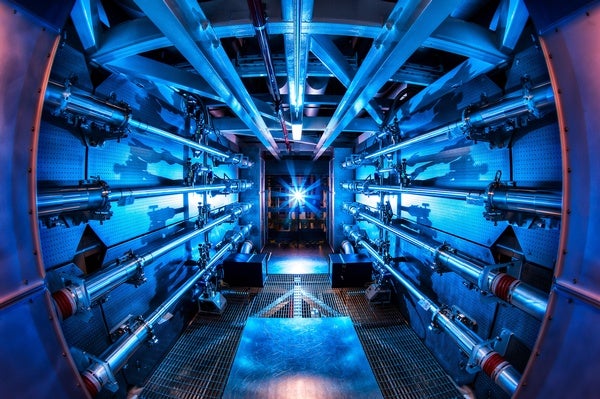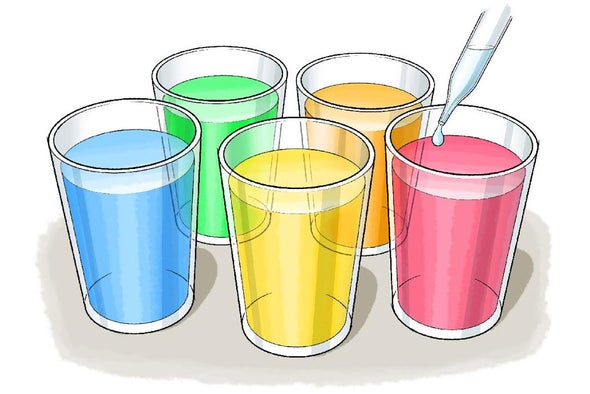 |
| December 16, 2022 |
 |
| |
| |
| |
| |
| |
| |
| Mathematics 6 Marvelous Math Stories from 2022 Math made a splash this year. Here's a look at the fascinating discoveries, mind-bending quests and important events in mathematics in 2022 | | | | |
| |
| |
| |
| |
| |
| |
FROM THE STORE
 | | | |
BRING SCIENCE HOME
 | | Battling Stains with Bleach |  Now you see it--now you don't! Make color disappear with chemistry! Credit: George Retseck | Have you ever wondered why your dirty clothes come out of the washing machine white and clean? What makes all the stains disappear? The answer to that question is bleach—an ingredient that is present in most laundry detergents. Bleach is responsible for the whitening effect that occurs during washing and removes most of the stains. But how does it work? In this science activity you will find out by making food coloring disappear with the power of bleach! | |  | |
LATEST ISSUES
 |
| |
| Questions? Comments?  | |
| Download the Scientific American App |
| |
| |



